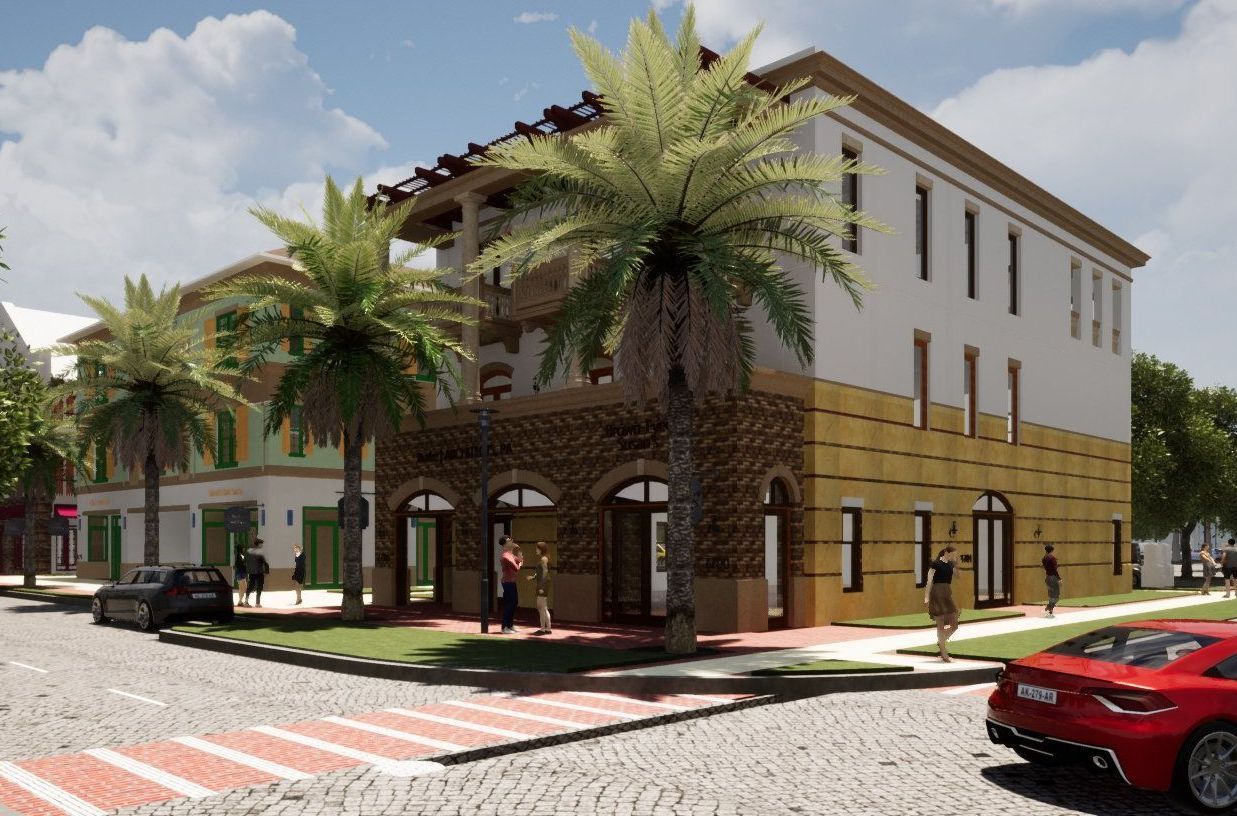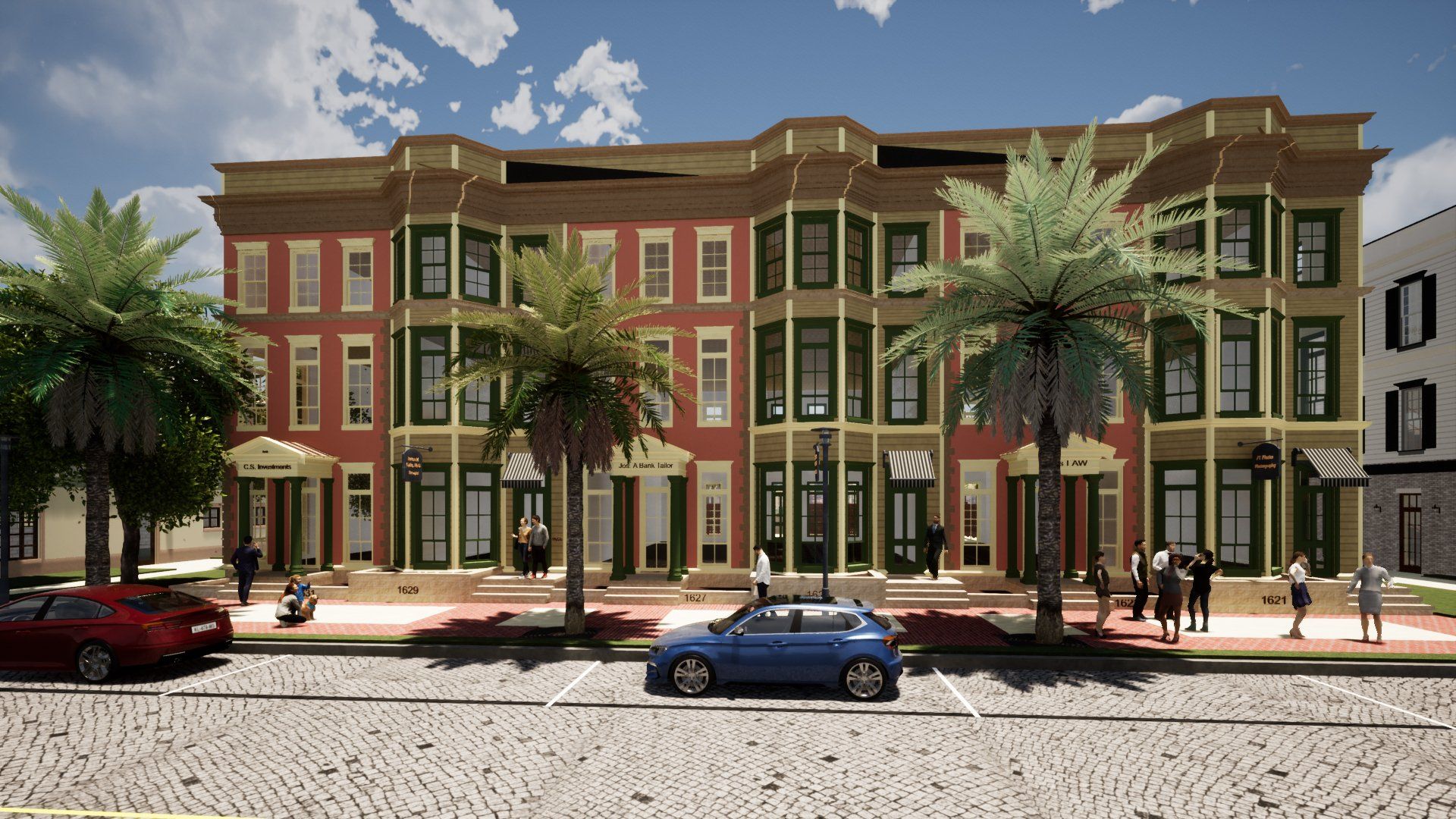Do Architects Assist in Financing Projects for Developers?
Can architects be of assistance to developers in securing financing for their projects? The short answer is yes, the long answer is hell yes!
Securing financing in the ever-increasing world of real estate development is a critical step in making or breaking a project. Developers normally take the lead in negotiating and securing financing with lenders and investors.
The architect, as I will show, can play a pivotal yet often unappreciated role in the success of securing the financing. Developers who leverage the expertise of an architect can significantly enhance a project’s appeal, ultimately increasing the likelihood of securing the necessary funds.
There are five basic elements that an architect can bring to the table in assisting the developer’s successful financing of a project. The five are:
1) Designing for Marketability
2) Providing Detailed and Accurate Documentation
3) Cost Management and Budgeting
4) Risk Management and Compliance
5) Collaboration and Communication.
1. Designing for Marketability
Every financier looks at return on investment (ROI) for their contribution. Architects assist developers in securing the financiers investment by designing projects that are not only functional, but aesthetically pleasing, thus highly marketable. Doing so can ensure the best opportunity for investment.
Target Audience Insight
Creating spaces using the architect’s knowledge of design trends and consumer preferences will resonate with the target market, regardless of the project type. Understanding the end user’s needs, architects design with a market-oriented approach, making the project more attractive to the end user.
Sustainability and Innovation
Innovative technologies and the incorporation of sustainable design features will make a project stand out from its competition. Investors and lenders are more than ever looking to environmental and social criteria for their investments. Architects integrate energy efficient systems, materials that are environmentally friendly and other sustainable practices reducing operating costs and enhancing the project’s appeal to eco-conscious investors.
2. Providing Detailed and Accurate Documentation
Crucial elements to any development project are a thorough understanding of the project scope, its cost, the timeline for design and construction and any potential risks. Architects are essential in providing this documentation. These elements are critical to lenders in determining ROI.
Comprehensive Plans and Specifications
Highly detailed plans and specifications are essential to the lender in understanding the project’s scope. Accurate documentation prevents misunderstandings and perceived risk, allowing a comfort level for lenders to finance the project.
Feasibility Studies
Collaboration between developer and architect is essential in assessing a project’s viability. Architect’s knowledge of zoning, cost budgeting, permitting requirements and assessment of existing utilities either on the site or necessary to be brought to the site along with potential challenges to the site are needed to support the developer’s application for financing. Demonstrating that the project is well-conceived, and risks have been analyzed through the feasibility study allows for the lender or investor to have a level of comfort that their investment is safe.
3. Cost Management and Budgeting
Project running over budget is a critical concern for lenders and investors. Architects will assist in providing realistic cost estimates and designing within budget. Architects often discuss materials cost and installation with manufacturer’s representatives to determine project cost estimates.
Value Engineering
Project integrity is important to any development. Collaborating with contractors and the developer, architects can identify cost savings opportunities without compromising on integrity. Optimizing the design through true value engineering leads to a “best value” for the investment, leading to a reduction in exposure, making the overall financing package more attractive.
Phased Development Plans
Some projects are so large that it is necessary to execute them in phases. This allows for partial financing at appropriate times. Projects of this type are less risky in the eyes of lenders and investors, allowing for incremental, smaller portions of investment, reducing exposure and making the financing package more palatable.
4. Risk Mitigation and Compliance
Financiers are acutely aware of the risks associated with real estate development, from regulatory hurdles to construction delays. Architects assist in mitigating these risks, providing lenders greater confidence in the project’s viability.
Regulatory Requirements
Architects ensure projects comply with relevant building codes, zoning ordinances and other regulatory requirements. Experience in recognizing and resolving potential compliance issues prevents costly delays and legal challenges jeopardizing potential financing.
Preemptive Risk Assessment
Early identification by architects of potential structural or environmental issues early in the design process safeguards the investment by the financiers. Proactively addressing these issues helps reduce the risk profile of the project, making positive appeal to lenders and investors.
5. Collaboration and Communication
Effective communication by all the team members is crucial for securing financing. Architects often serve as the bridge between the technical aspects of the project and the financial considerations, facilitating clearer communication and reducing perceived risk.
Presentation and Visualization Tools
Architects use advanced visualization tools such as 3D renderings and models and virtual reality, presenting projects in a compelling manner. These tools assist lenders and visitors in understanding the final product, allowing them to grasp project potential and reducing perceived risk.
Collaborative Approach
By actively engaging in conversations with financiers, architects help explain the design rationale, addressing concerns and adapting the project to meet financial constraints without sacrificing quality or vision. Collaboration approach fosters trust and transparency, key factors in securing the necessary financing.
Architects are not just designers; they are strategic partners in the development process. Focusing on marketability, providing detailed documentation, managing costs, mitigating risk and fostering collaboration, architects play a critical role in the developer successfully securing the necessary financing for the project’s coming to life. Real estate development is becoming more competitive than ever. The partnership between developers and architects in securing financing will continue to be a critical factor in the success of development projects.
If you have a project in mind, let's talk! From urban design to BIM, residential interiors to expert witness services, we’re here to help bring your vision to life.
About the author:
Greg Burke, FAIA, NCARB is a St. Augustine, Florida based architect with more than 40 years in the profession and the President of Gregory John Burke | ARCHITECT, PA. He is licensed to practice in eight states. His career has touched on project types from porch additions to high rise towers. He is also a member of the Florida Board of Architecture and Interior Design.











